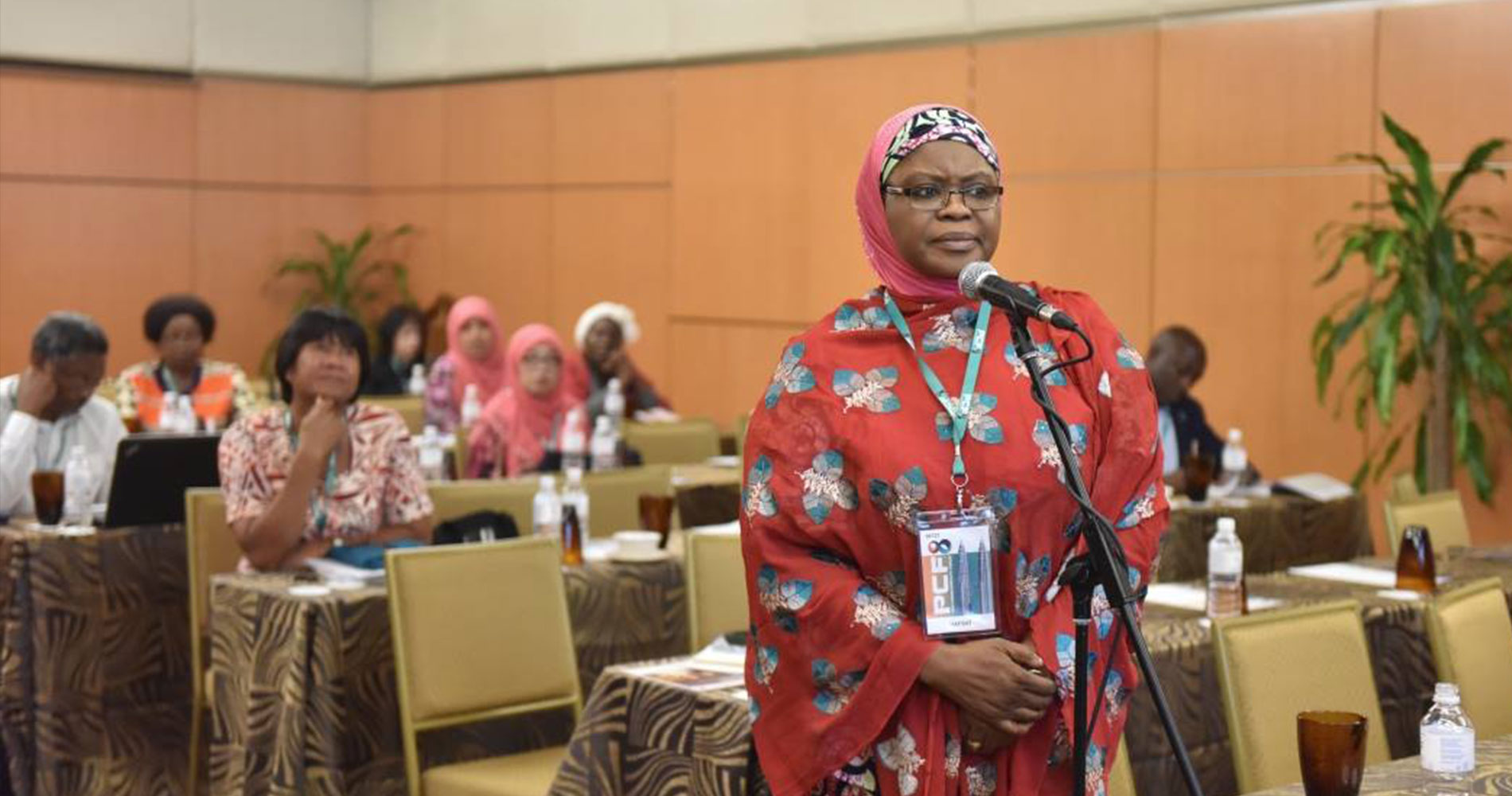
SUBTHEME: EFFICIENCY AND EFFECTIVENESS
VIABLE DELIVERY MODELS IN OPEN AND DISTANCE LEARNING 2
KLCC, 29 November: Former COL President and CEO Sir John Daniel presented a paper on “Blended Learning – What Mix/Flexible Learning – How Supple?” which discussed the various modes of learning and the many studies done on the advantages and disadvantages of face-to-face teaching that would help individuals select their medium of learning.
The five crucial points that he highlighted were:
1. the structure of the higher education institutions, whether they should be rigid or flexible;
2. options as to whether learning can occur synchronously or asynchronously;
3. to what extent is the recognition of open digital badges available to learners as proof of their learning curve;
4. the readiness level of universities towards unbundling their course offerings in terms of programme design, content development, course delivery, student support, assessment and awarding of the course; and
5. the provision of counselling support for online students.
Sir John said students would normally enrol in the online courses provided by higher education institutions whose reputation and presence are most significant in a particular country.
Madam Madhulika Kaushik from Wawasan Open University, Malaysia, presented her preliminary findings on the trends in governance of the Asian Open Universities. She drew upon the past literature which mentioned that for the last two decades, universities had been experiencing diminishing resources due to budget cuts by the Government.
Her study aimed to explore whether the governing power of the Open Universities should be reviewed to suit current times. Based on her findings, the governing council members of the Open Universities are appointed based on the Acts or Constitution of the respective countries. The power of hierarchy is evidently strong in the open universities.
Mr Eroni Racule of the University of the South Pacific (USP), Fiji, elaborated on his research findings on the use of gamification in the orientation package of an online course offered at USP. This would assist new students to acquaint with the university online support system. The game was designed using the Amazing Race concept on a Moodle platform to entice students to be more engaged in the orientation activities.
He found that more than 50% of the new students preferred the game-based approach while more than 35% agreed that the activity helped them to familiarise with the online system. However, the correlation between gamification and attrition or failure rates is not clearly defined in the study.